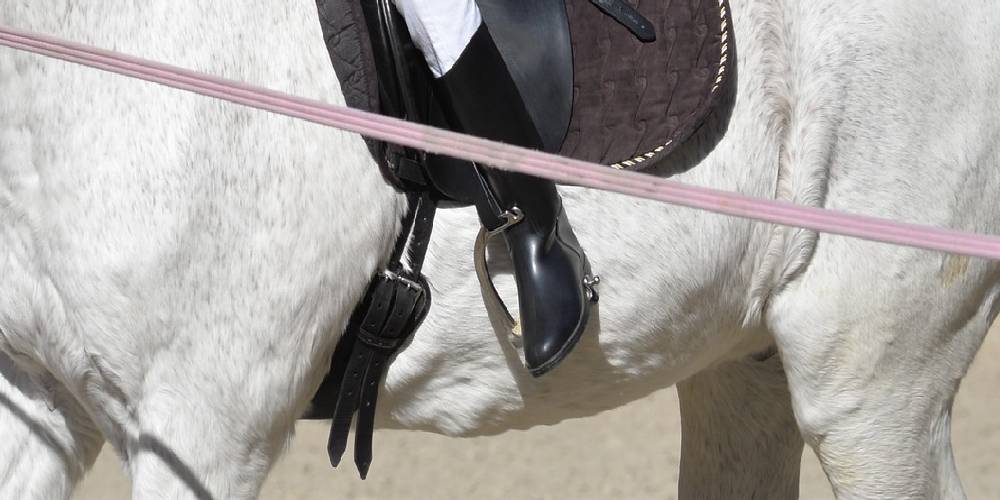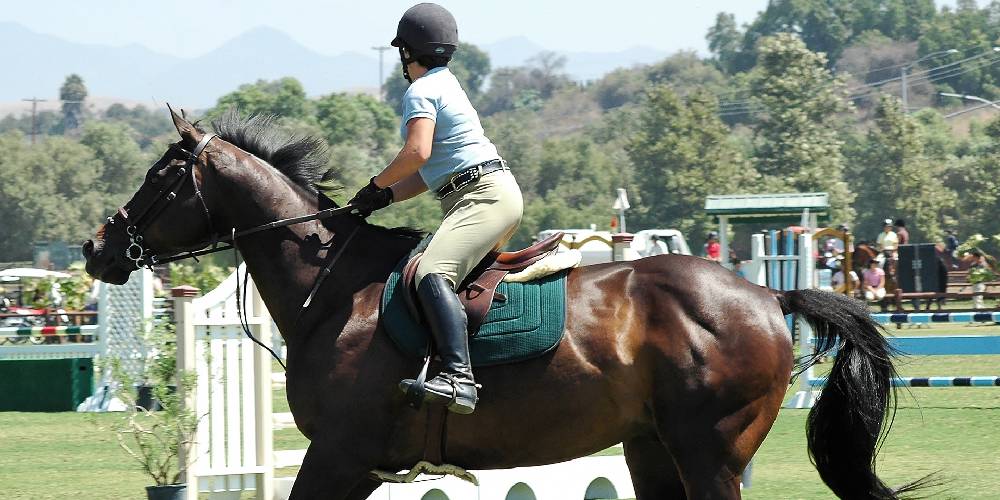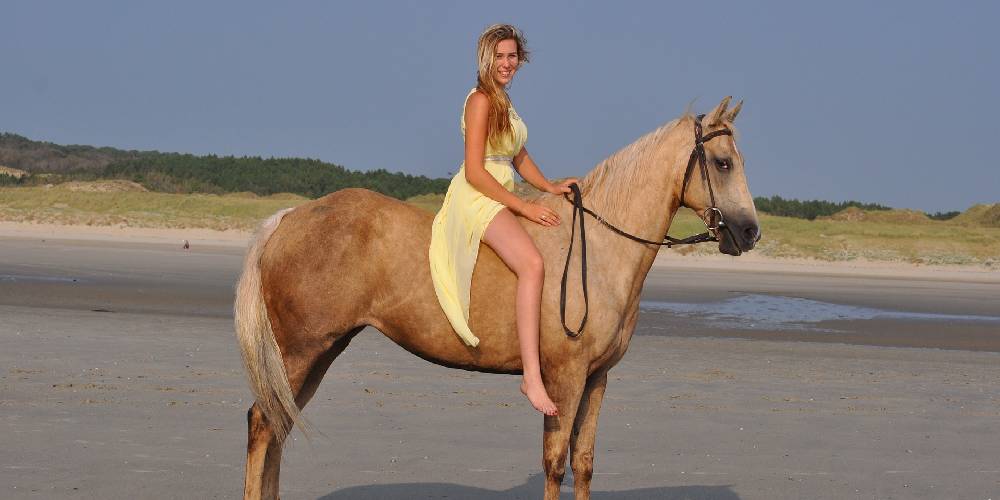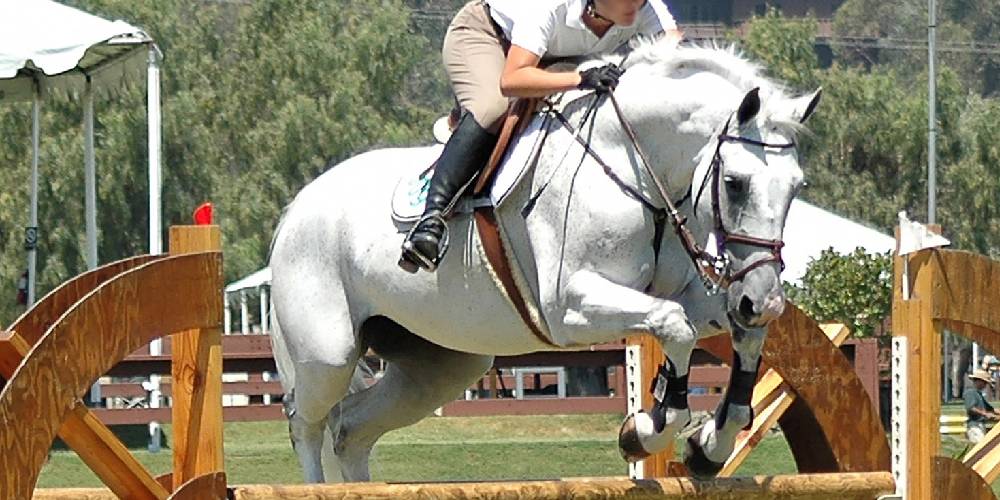If you have ever taken a riding lesson, your instructor may remind you to ride with your heels down at all times. Why do I need my heels down though? Is there a safety reason for keeping my heels down or is it just to look nice on the horse? This is why all horseback riders need to have their heels down when riding.
Why Do I Need To Ride With My Heels Down?
Not only can you be docked points in an equitation class for not riding with your heels down, but you can also risk getting yourself in a dangerous situation if you don’t put your heels down. If your heels aren’t down, especially if you are riding without a heel on your shoe, you are a lot more likely to get your foot stuck in the stirrup. If you were to fall off a horse with your foot caught in the stirrup, you are likely going to get dragged by the horse. Keeping your heels down will prevent your foot from getting stuck and help you to keep your feet and legs in the proper position.
Are There Safety Issues Linked To Riding Without Your Heels Down?

Yes, there are definitely safety issues to riding a horse with your toes down rather than your heels down. Some examples of safety issues include:
Getting Your Foot Caught In The Stirrup
In a proper leg and foot position, the rider should have their heels down with the balls of their feet pressing into and balancing on the bar of the stirrup. If the rider’s heel is up and their toe is down, then they are at risk of having their foot sliding forward. If their foot slides forward, then they can get their foot stuck in the stirrup.
If a rider falls when their foot is stuck in the stirrup, then they are likely to get dragged by the horse as the horse is probably going to be scared of this thing that suddenly is attached to them.
Is There Ever A Time I Won’t Ride With My Heels Down?
There are three times that you are not going to ride with your heels down. These three times include:
When Going Over A Jump

When going over a jump, you will be two-pointing with your horse and in this two-point, you will raise your heels and rest on the balls of your feet. When you land the jump, however, you will return your heels to their lower position until you come across another jump.
When Using A Spur Or Directing Your Horse With Your Heel

If you are riding your horse, you can lift your heel to roll your spur or boot against the horse’s body. This can encourage them to go faster or to firmly direct them in a certain direction. When you are finished giving this cue, you will return your heel back to a lowered position until another cue is needed to be made in this fashion.
When Riding Bareback

When riding bareback, you can pretty much hold your heel or foot in any position you like. Some riders will still hold their leg in a position they would if their foot was in a stirrup, but really how you hold your foot is up to you.
Cons To Riding Without Your Heels Down
There are many cons to riding with your toes down rather than your heels down. Some of these cons include:
- Possibility of your foot slipping
- Creating a bad habit
- Docked points when showing
- Weakened balance
- Weakened riding position
- Uncomfortable horse (feels this way because of shift in rider’s position)
- More strain in the calf
- Gripping with the knee rather than the lower leg
At the end of the day, riding with your heel down is a habit that you really need to get into. When teaching riding lessons, this is one of the first things that I tell my kids they need to do. As soon as I get them into the saddle. Teaching them to ride this way right off the bat eliminates these bad habits from the future.

